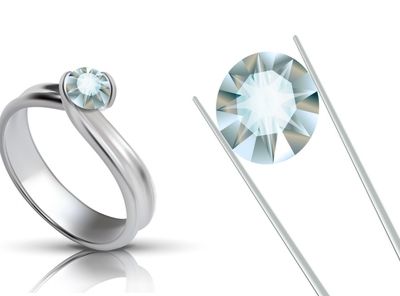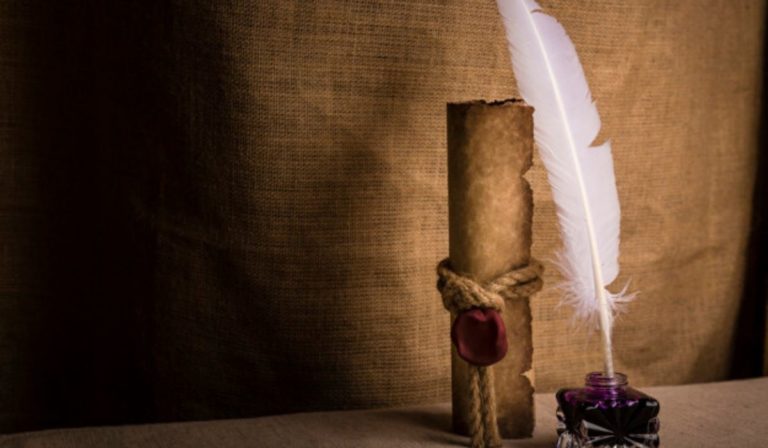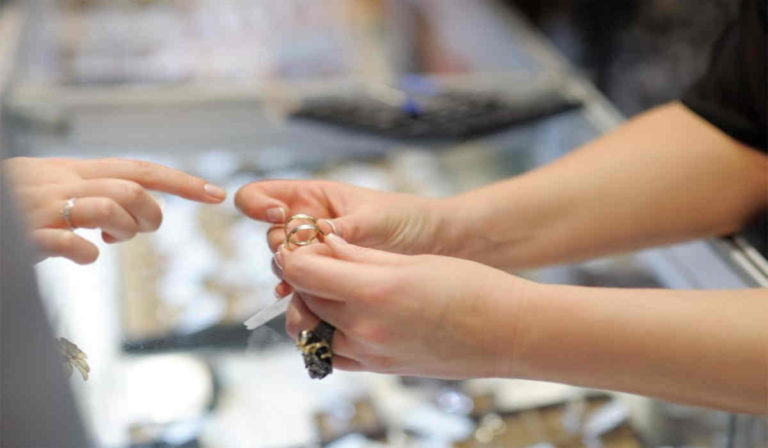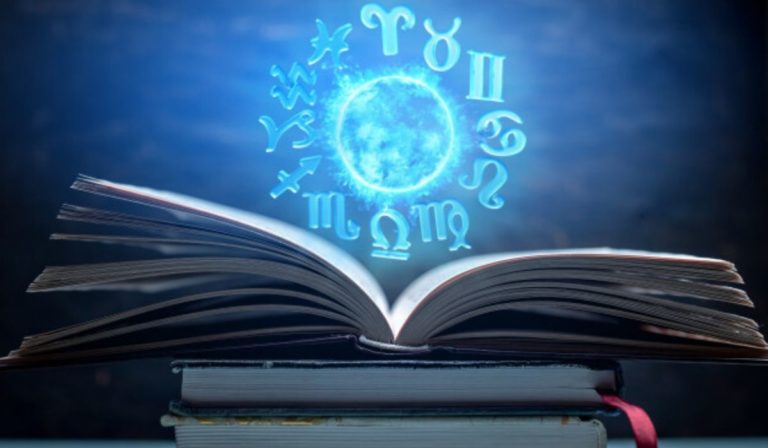With the plethora of varieties to opt from, finding the diamonds that are just perfect for you can feel burdensome, Consider the following steps to know how to choose a Diamond step by step. Everyone’s diamond search is, distinctive but You may find these helpful if you are a beginner.
1. Keep in mind the 4Cs
Educate yourself with the 4cs of the diamonds. That is Cut, Clarity, Colour, and Carat.
2. Fix a budget
Start your selection process by omitting out any diamonds that don’t meet your budget.
3. Pay attention to the carat weight
Unless your budget is more than $10,000, narrow down the carat range of the diamonds you’re considering to 0.50-2.00 carats.
4. Choose the Right Cut
limit your search to diamonds with Excellent/Ideal cut to ensure that you only look at stones with maximum brilliance and light return.
5. Set minimum color
To exclude diamonds that have visible yellow tints, filter out any diamonds graded lower than J color (I color for side-stone settings and H color for halo settings).
6. Set clarity
Set the bottom clarity cutoff at SI1 to further narrow down the diamond pool to stones that are most likely to be eye-clean.
7. Ranking of the diamonds
Notice diamonds from biggest to smallest to see what are the ones you can that fits in your budget. If you think that the biggest stones in the selection are not big enough, first reduce the minimum clarity to SI2. If that is still not enough, either lower the color minimum or settle for a lower carat.
8. Notice the clarity of the diamonds
Start with the biggest diamonds and try to notice each one of them for visible flaws, especially towards the center of the diamond
9. Examine additional diamond characteristics
Make sure each diamond in your selection has a Fluorescence grade that is none to Faint; culet should be none to small, and Girdle thickness should be from thin to slightly thick. Polish and symmetry grades should be good or better.
10. Compare diamonds and choose
When comparing them, it’s up to you whether you’ll go for a cheaper or a bigger stone. If two otherwise identical, eye-clean diamonds in your shortlist differ only on clarity and color, pick the better color. Choose at least 2-3 diamonds that are acceptable, as some of them may turn out to be already sold and it’s good to have fallback options. Consider the above strides to choose a Diamond step by step. Everybody’s jewel search is, particular however You may locate these supportive on the off chance that you are a tenderfoot.
Some more buying tips
Most people who receive diamonds as a gift or for engagement have a shape preference. While other factors (such as price and quality) should be determined. The choice of shape should include input from the receiver of the diamond. These buying tips also help you choose the correct diamond step by step.
If you are thinking of opting for a round diamond, they tend to have more brilliance and scintillation than other shapes, they fit in perfectly almost in any ring setting, and never go out of fashion. The length to width ratio has a major impact on the shape of a fancy diamond. If you are not sure about your preferences, search for a shape you like, and then view diamonds of various length to width ratios within that shape until you find what you like. Then, focus your search on diamonds that are within roughly 10% of your ideal length to width ratio.
Look for diamonds that fall just under popular carat weights such as 1/2 ct. 3/4 ct., 1 ct., etc. Because these diamonds fall just shy of the popular weight, they are often sold at a slight discount compared to diamonds of full weight. Visually, they are difficult to distinguish. In fact, a smaller carat weight diamond may have a diameter equal to that of a heavier diamond, making it appear the same size when viewed from above.
Analyzing the Diamond Cut
Unlike the other “Cs” (Carat Weight, Color, and Clarity), the various Cut grades are in existence today. Even though retailers use common terms to describe Cut (such as Excellent, Very Good, Fair, Poor) the terms are not uniformly defined or applied. In fact, a diamond seller may assign any cut grade they choose, based on any set of factors they wish. One retailer will use terms such as “Signature Ideal”, “Ideal”, and “Excellent”; while another uses “Ideal” to describe all three, and another uses “Excellent” for all. Be cautious when comparing cut grades from different retailers, as they are most likely not appropriate.
A cut grade is the most important factor in determining the overall appearance of a diamond because a poorly cut diamond will seem pale even with excellent clarity and color. Conversely, a well-cut diamond can have a slightly lower color (G-H) or clarity (SI1-SI2) and still look quite beautiful, due to its superior ability to create sparkle and brilliance.
For superior brilliance, choose a diamond with a Cut grade of Very Good or Excellent for round diamonds, and Good or better in fancy shape diamonds. When choosing a diamond in this range, make sure its symmetry and polish are Very Good or Excellent, so that the impact of the above-average Cut is not hurdled.
For different diamonds, there can be a wide range of materials used. Make sure you know these things and it will make your life easier when discussing the price with a jeweler. These are crucial issues, so make sure to do your research thoroughly before you buy it. Just try to keep the rule of 4cs in mind and Half of your tension will be sorted out.
The hardest part about choosing the right diamond has been tried to make simpler with this blog. At this point in your search, you will hopefully be coming up with many diamonds to choose from, within your budget and search criteria. I hope, this guide will walk through the steps that will help you get the best price without sacrificing the appearance of your diamond.






